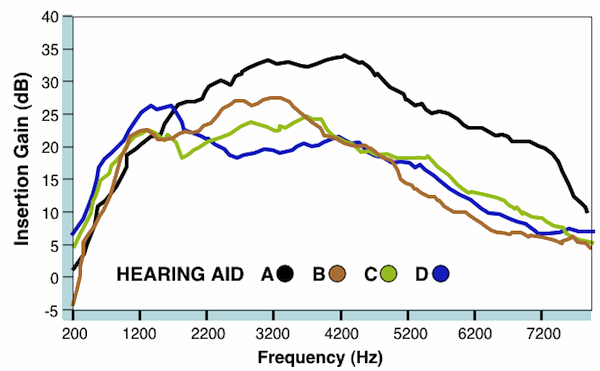My informal estimate is that about ten percent of all patients referred to me over the years for “dizziness” are, in fact, complaining of postural lightheadedness. They have no symptoms while sitting or lying down, no symptoms while rolling over in bed, but when they get up? Watch out! The patient usually describes it as “dizzy”, but when given a forced choice between “Is it more like spinning, or more like you could faint?”, most choose the latter.
Further questioning likely reveals that the lightheaded sensation and accompanying loss of balance settles out in a minute or two. At this point, I am suspicious that they may be dealing with a temporary drop in blood pressure when they first stand up, a condition known as Orthostatic Hypotension. I have covered Orthostatic Hypotension (OH) in some detail previously.
A review of their medications and past medical history may reveal some suspected causes. OH is often caused by medications that lower blood pressure by keeping the blood vessels dilated. Another common cause is autonomic dysregulation which can be the result of diabetes. Since hypertension and diabetes are both common in the older population, is there a way to get clarity on which might be responsible? Maybe.
I say “maybe” for two reasons:
- I am not a medical doctor, my doctorate is in Audiology
- OH is very variable (meaning you may see nothing abnormal at the time of exam, yet at other times the patient may experience a significant drop in blood pressure and associated symptoms on rising).
A 2011 article in the journal American Family Physician outlines various patterns associated with postural lightheadedness, and states that certain patterns can help distinguish the source of the problem. The outline below is closely excerpted from a table in this article that describes interpretation of possible responses to tilt table testing, but can give you some idea of patterns to look for. Finally, at the end of this blog is a sample of a sheet that may be used for documenting changes in blood pressure and heart rate over time.
Normal – Blood pressure maintained or increased on rising, heart rate increased by 10 -15 beats per second
Orthostatic Hypotension –decrease in systolic of 20 mmHg or more OR decrease in diastolic of 10 mmHg or more within 3 minutes of rising
Autonomic Dysfunction – Immediate decrease in both systolic and diastolic blood pressure on rising, no change in heart rate
Neurocardiogenic – Sudden decrease in Blood pressure and simultaneous decrease in heart rate on rising
POTS (Postural Orthostatic Tachycardia Syndrome) – Heart rate increases by 30 beats per second, or persists at greater than 120 beats per second on rising
Sample Sheet
Name _________________________________________ Date ______________________
Orthostatic Blood Pressures
Supine (>5 minutes)____________\_____________ Heart rate ___________
Standing _____________\____________ Heart rate ___________
1 minute ______________\___________ Heart rate ___________
3 minutes _______________\___________ Heart rate ___________
Photo courtesy of Munfitnessblog.com






